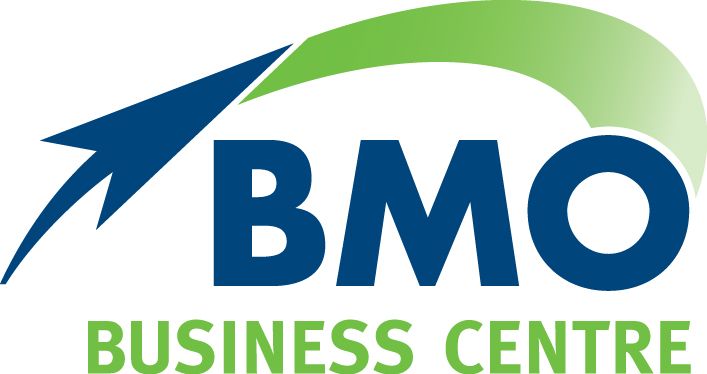SMSFs and property: What are the rules?
With the property market hitting all-time highs in 2021, interest in investing in direct property through your SMSF has never been higher.
In the September 2021 quarter
, Australia’s SMSFs had almost $88 billion invested in non-residential real property, with another $47 billion in residential real property.
But before you add property investments to your SMSF, there are rules you need to be aware of.
Rules for SMSF property investments
All SMSF investments – not just property – must meet the sole purpose test. This means your SMSF must be maintained for the sole purpose of providing retirement benefits to fund members or their dependants.
Also keep in mind the related party rule, which prohibits SMSFs from buying real property from a related party. This means your relatives, business partners and their spouse or children, any company a fund member and their associates control or influence, or any trust a fund member or their associates control.
There are two exceptions. One is buying business real property
like agricultural property, or a shop or office from which you operate your business. The other is if the value of the in-house asset
is less than 5 per cent of your SMSF’s total assets.
Related parties and SMSF members can lease business and farming properties from your fund, but the arrangement must be at commercial rates and paid in full on the due date. Renting residential or holiday properties to related parties – even at market rent – is not permitted.
Borrowing the right way
Buying a property investment usually involves borrowing money. Again, strict rules apply.
SMSF loans are normally through a limited recourse borrowing arrangement
(LRBA), although other structures such as tenants-in-common or related non-geared unit trusts may be acceptable. In the September 2021 quarter
, SMSFs had almost $63 billion invested through LRBAs.
LRBAs prohibit lenders from seizing other assets in your SMSF if you default on your loan, so they tend to impose tougher loan conditions. Most lenders now require an SMSF to have a buffer of cash and/or shares equivalent to around 10 per cent of the property’s value.
You must also establish a bare trust (which is separate from the SMSF) to hold the property. And restrictions are imposed on the modifications you can made to your property, with significant changes requiring a new loan. Improvements must be paid for from cash already in the SMSF, not borrowed money.
Be mindful of diversification
Although including property in your SMSF can be a great idea, they are expensive assets. Unless the fund has a high balance, they can reduce diversification across asset classes. This can leave your SMSF exposed to investment risk and make it tricky to pay member benefits without needing to sell the property.
Adding an investment property must also fit the fund’s investment strategy
in terms of diversification, liquidity and maximising returns to fund members. The ATO no longer automatically accepts buying an investment property is in the best interest of members, if it is the main asset and the fund’s total balance is low.
The fund’s trust deed must also provide the trustees with authority to implement a borrowing arrangement.
Tax benefits
A key benefit of using your SMSF to invest in property is the concessionally taxed super environment. Instead of paying your marginal rate, an SMSF only pays 15 per cent
on investment income the property earns. Once fund members retire, rental income is tax-free.
There are also capital gains tax benefits. Properties held by an SMSF for more than 12 months pay a discounted
rate of 10 per cent on any capital gain when sold.
Interest payments on borrowings are tax deductible and if your SMSF’s expenses exceed its income, a taxable loss can be carried forward to offset future income. Losses cannot, however, be offset against your personal income.
That said, not following the tax rules can be costly. If a property investment doesn’t meet the requirements of the sole purpose test for example, a SMSF becomes ineligible
for the normal super tax concessions.
And if you finance an LRBA through a related-party loan, the loan must meet the ATO’s safe harbour guidelines. Otherwise, the income and capital gain from the asset will be taxed at the top marginal tax rate.
There’s a lot to think about, so if you would like to discuss property investments and your SMSF give us a call.
The information in this article does not take into account your objectives, needs and circumstances. We recommend that you obtain investment and taxation advice specific to your investment objectives, financial situation and particular needs before making any investment decision or acting on any of the information contained in this document. Subject to law, Capstone Financial Planning nor their directors, employees or authorised representatives gives any representation or warranty as to the reliability, accuracy or completeness of the information; or accepts any responsibility for any person acting, or refraining from acting, on the basis of the information contained in this document. Principal Wealth Management Pty Ltd trading as BMO Financial Solutions ABN 53 109 336 601 is a Corporate Authorised Representative (CAR 277821) of Capstone Financial Planning Pty Ltd ABN 24 093 733 969 Australian Financial Services Licence (AFSL) No. 223135.
The post SMSFs and property: What are the rules? appeared first on BMO Accountants.


